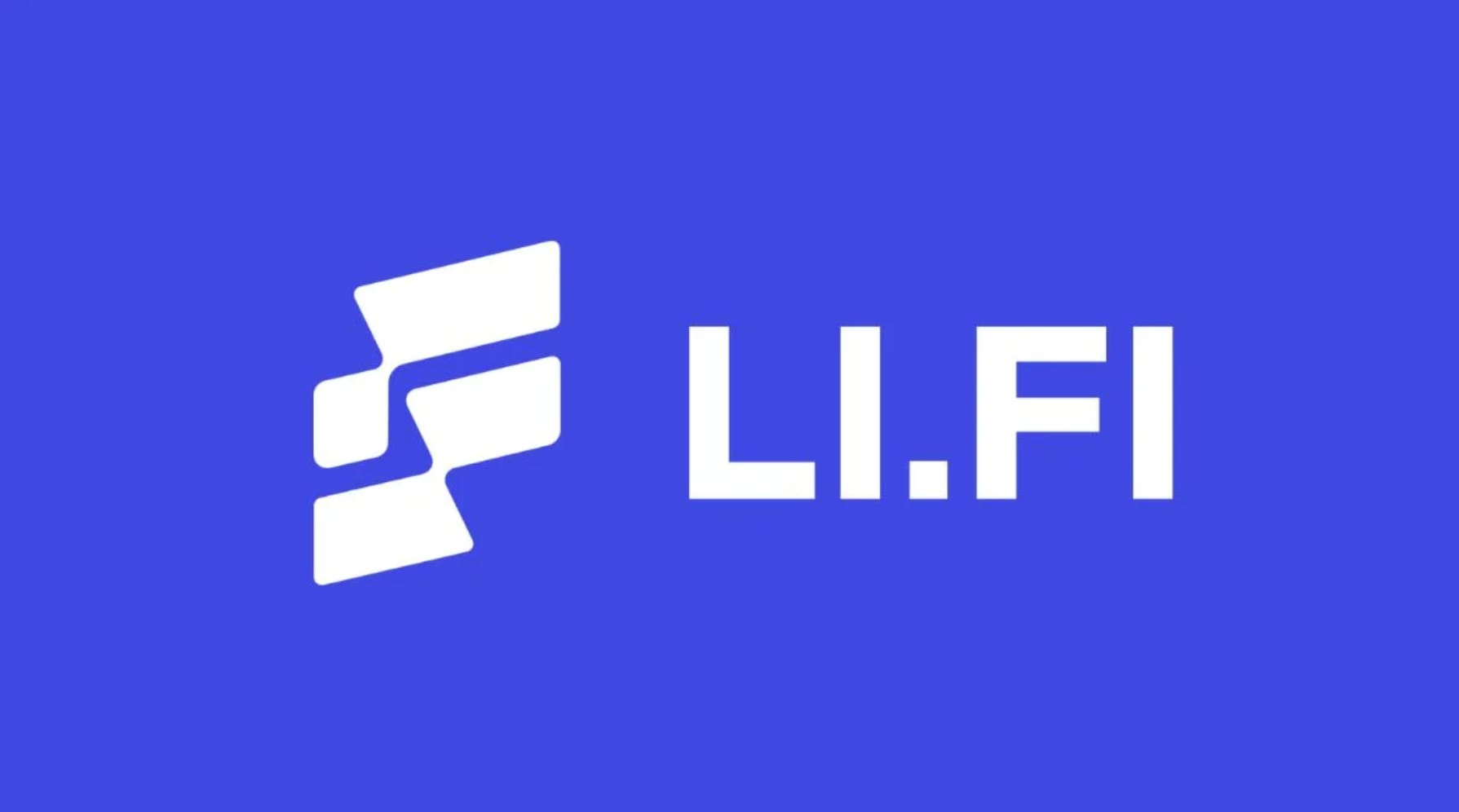LI.FI Data Analytics Contest: The position of LI.FI among other competitors
LI.FI is an innovative platform that streamlines the process of transferring assets across numerous blockchain ecosystems using a single API. It acts as a bridge, connecting DeFi infrastructure with the application layer, amalgamating vital bridges and linking them to DEXs on various chains, simplifying cross-chain swaps. Through this cohesive interface, LI.FI revolutionizes how assets maneuver in the decentralized finance world Link.
My X thread Link.

I investigated Li.Fi on each chain, starting with the Ethereum Network. On Ethereum, Li.Fi ranked 7th in terms of the number of transactions, indicating a significant gap to climb higher. However, in terms of the number of swappers, it performed better, securing 6th place with potential to easily reach 5th. In terms of swap volume, Li.Fi ranked 11th, which is less favorable. Over time, Li.Fi's share of new users on Ethereum has increased in recent months, which is promising for the platform.
On the Optimism Network, Li.Fi performed better, ranking 3rd in terms of the number of transactions and users, and 4th in terms of swap volume. The normalized data for Optimism shows an increase in Li.Fi's share across all criteria, indicating growing popularity on this network.
On the Arbitrum Network, Li.Fi ranked 8th in the number of transactions, 7th in the number of users, and 9th in swap volume. The normalized data for Arbitrum shows an increase in Li.Fi's share of transactions and users, though there has been no progress in swap volume share.
On the Polygon Network, Li.Fi ranked 8th in the number of transactions, 4th in the number of users, and 9th in swap volume. The normalized data for Polygon shows an increase in Li.Fi's share of users and new users.
On the Avalanche Network, Li.Fi ranked 10th in the number of transactions, 6th in the number of users, and 10th in swap volume. The normalized data for Avalanche shows an increase in Li.Fi's share of users and new users.
Finally, on the Base Network, Li.Fi achieved 6th place in the number of transactions and users, and 4th place in swap volume, which is impressive. The normalized data for Base indicates an increase in Li.Fi's share of users and average swap volume.
Overall, the user sector is a strong point for the Li.Fi platform, as it is generally popular among users and new users across all networks.
In this section, I aimed to compare the Li.Fi Platform with its competitors on each network where Li.Fi is deployed. To provide a comprehensive analysis, I identified which DEX had the highest market share based on several key metrics. These metrics include the number of swaps, number of swappers, swap volume, average swap volume, average number of transactions per day, and average number of users per day.
I also present the data for each of these criteria over time, offering insights into trends and changes in market share dynamics. By comparing Li.Fi with its competitors on each network, we can better understand how it performs relative to other platforms.
For better understanding, I used normalized data over time to ensure a fair comparison. Normalizing the data allows us to make accurate comparisons between Li.Fi and its competitors, regardless of differences in scale or market conditions.
For data extraction, I used the official Li.Fi protocol contract (0x1231deb6f5749ef6ce6943a275a1d3e7486f4eae) and considered three specific events: LiFiTransferStarted, LiFiGenericSwapCompleted, and LiFiSwappedGeneric. These events provided the necessary data points to conduct a thorough analysis of Li.Fi’s performance across various networks.